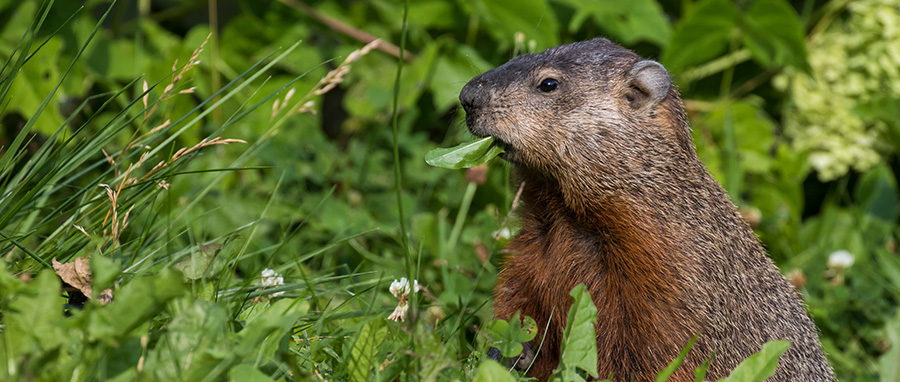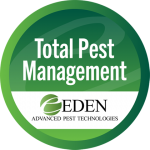Gophers can be persistent pests, causing damage to lawns, gardens, and landscapes. Understanding what attracts them to your yard is crucial for effective pest management. In this informative page, we’ll explore the factors that draw gophers to your yard and how to mitigate their presence.
What Do Gophers Eat?
Gophers are herbivores with a diverse diet consisting primarily of plants. Some common food sources for gophers include:
- Roots and Tubers: Gophers feed on the roots and tubers of various plants, including grasses, shrubs, and trees. They are particularly drawn to tender, succulent roots, which provide them with essential nutrients.
- Vegetables and Garden Crops: Gophers are known to target a wide range of garden vegetables, such as carrots, potatoes, beets, and radishes. Their underground foraging can result in significant damage to vegetable gardens and crops.
- Ornamental Plants: Gophers are not selective when it comes to feeding on ornamental plants. They may consume the roots of flowers, shrubs, and ornamental trees, causing wilting and eventual death of the plants.
- Grasses and Grains: Gophers also consume various grasses and grains found in lawns and fields. They feed on the roots and stems of grass plants, leading to unsightly patches of dead or dying grass.
- Bulbs and Bulbous Plants: Many bulbous plants, such as tulips, daffodils, and lilies, are susceptible to gopher damage. Gophers will devour the bulbs and underground storage organs, preventing the plants from regenerating.
What Is the Ideal Habitat for Gophers?
In addition to food sources, gophers are attracted to yards that provide an ideal habitat for their burrowing and nesting activities. Some factors that contribute to gopher-friendly environments include:
- Loose, Sandy Soil: Gophers prefer loose, sandy soil that is easy to excavate for burrows. Sandy soils allow gophers to create extensive tunnel systems for foraging and nesting.
- Moisture Availability: Gophers are attracted to yards with adequate moisture levels, as it facilitates digging and burrow construction. Areas with poor drainage or overwatered soil may attract gophers seeking damp conditions.
- Vegetation Cover: Gophers thrive in yards with ample vegetation cover, as it provides both food sources and protection from predators. Overgrown lawns, dense shrubbery, and untended garden areas can attract gophers seeking shelter and forage.
- Lack of Predators: Gophers are more likely to inhabit yards where natural predators, such as snakes, owls, and coyotes, are scarce. Urban and suburban areas with limited wildlife diversity may experience higher gopher populations.
Preventing Gopher Infestations
Preventing gopher infestations requires a combination of habitat modification, deterrents, and proactive measures. Here are some effective strategies to prevent gophers from invading your yard:
- Install Barriers: Use wire mesh or hardware cloth to line planting beds and create underground barriers around vulnerable areas to prevent gophers from accessing roots and bulbs.
- Maintain a Clean Yard: Keep your yard free of debris, such as piles of leaves, rocks, and woodpiles, which can provide hiding spots and nesting sites for gophers.
- Reduce Moisture Levels: Improve drainage in your yard to reduce moisture levels, as gophers are attracted to damp soil conditions. Avoid overwatering lawns and gardens, especially in areas prone to gopher activity.
- Choose Gopher-Resistant Plants: Select plants that are less appealing to gophers, such as those with strong scents or textures that deter feeding. Examples include daffodils, marigolds, and lavender.
- Professional Gopher Control & Removal Services: Consider professional pest management services for effective gopher control and removal. Experienced technicians can assess your property, implement tailored solutions, and provide ongoing maintenance to keep gophers at bay. Professional services offer expertise, efficiency, and peace of mind in managing gopher infestations.
Dealing With Gophers? We Can Help!
We understand the frustration of dealing with gophers in your yard. If you’re struggling to control gopher infestations or need assistance with gopher removal, don’t hesitate to reach out to us. Our expert team at Eden Advanced Pest Technologies is here to help! Contact us today to schedule a free consultation and take the first step towards a gopher-free yard.
Back to Gopher Control
